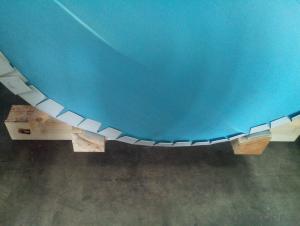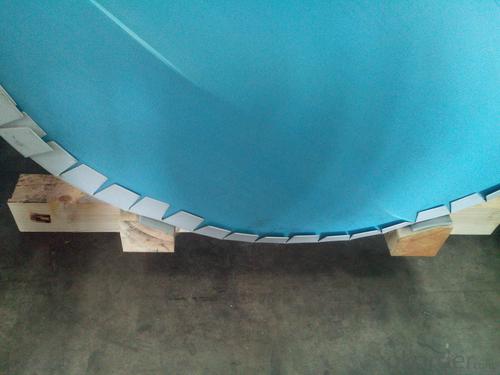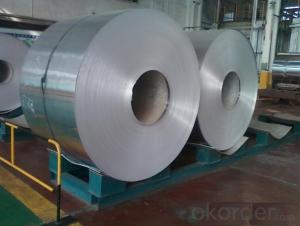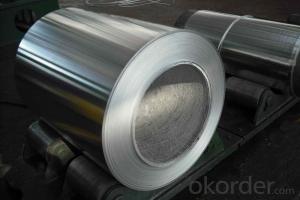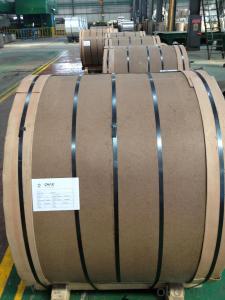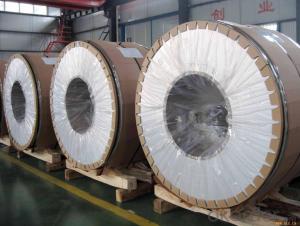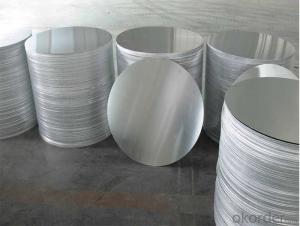Boat T Top Aluminum Sheets for Direct Rolling Aluminum Coils Second Casting
- Loading Port:
- Shanghai
- Payment Terms:
- TT OR LC
- Min Order Qty:
- 5 m.t.
- Supply Capability:
- 50000 m.t./month
OKorder Service Pledge
OKorder Financial Service
You Might Also Like
Specification
1.Structure of Direct Rolling Aluminum Coils for Second Casting
Direct Rolling Aluminum Coils for Second Casting is one semi-finished aluminium material. This strip can be rolled down to aluminium coil,sheet,circle ect. The alloy AA1050 is widly used in building, industry ect. Its weight is much lower than steel. So many customers choosed aluminium material instead of steel.
2. Main features of Direct Rolling Aluminum Coils for Second Casting
a.Competitive price---We have our own mills and can produce mill finished aluminium coils, so we can control the production cost better.
b.Professional after-sale service---We have more than 15 years exportation experience and you need not worry about the exporation problems.
c.Fast delivery time---We can control the delivery time within 35 days.
3. Image of Direct Rolling Aluminum Coils for Second Casting
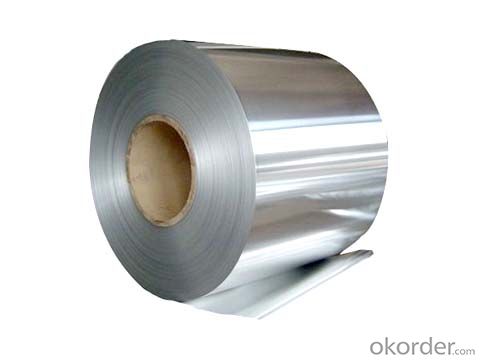
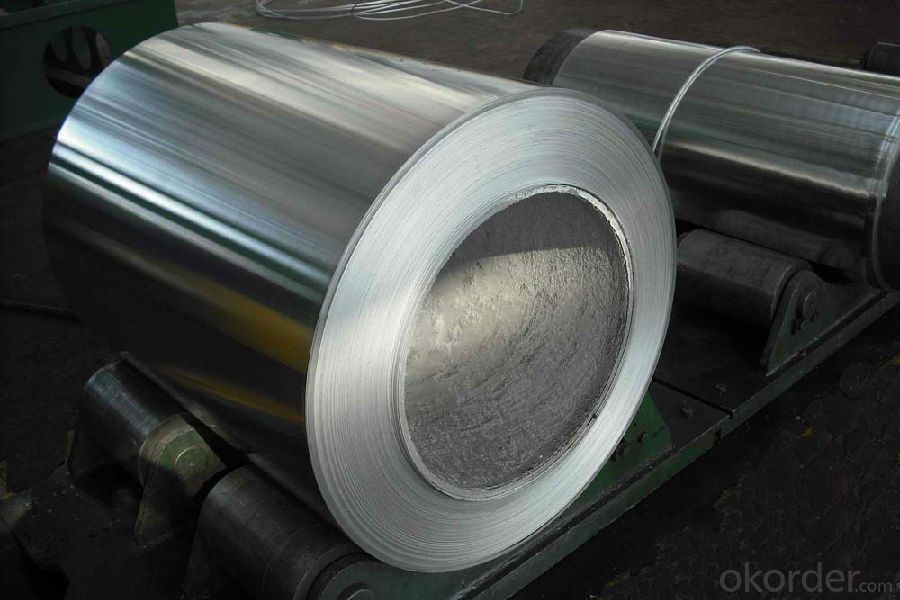
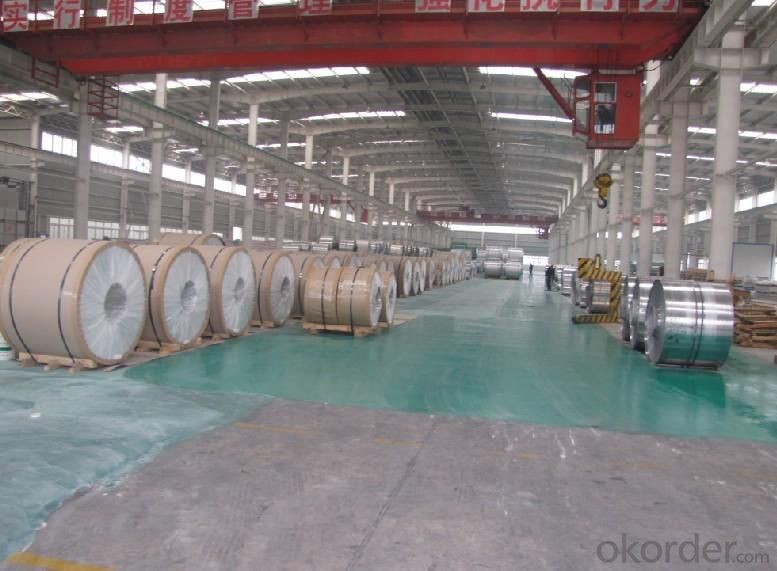
4. Product Specification of Direct Rolling Aluminum Coils for Second Casting
| Rolling | Temper | Thickness | Width | Weight |
| Direct Rolling | F | 3MM-8MM | 1200MM-1800MM | 3-6 TONS |
5.FAQ:
What is the quality standard?
---Usually our standard is GB3880-2006
What is the largest width?
---It is 2300mm
What is the MOQ?
---Usually we can accept 80 tons.
- Q: For my chem class that I just barely started taking, we're making bohr models. Even though my teacher explained it, I still dont get the concept of it all, like how the protons are lined up in their inner circle and the outer circles. I get everythign else about atoms except how they're actually made up lol. Maybe someone on here can explain it to me? I hope so because i have to make a model for it for friday.The element I'm asigned is aluminum btwYour help is greatly appreciated!
- An atom is made up of protons. electrons and neutrons. The protrons and neutrons are located in the nucleus, while the electrons are located on the shells outside the nucleus. Think of the shells as orbits, orbits which can only hold a certain amount of electrons. In the Bohr's model of Aluminum there will be 2 elctrons on the first shell, 8 electrons on the second shell, and 3 electrons on the last shell.
- Q: im doing a science project on aluminum and i need to know if aluminum is combustible or not. I was reading a website and they said that it reacts when its the right temperature? i really have no idea what the answer is please help! :)
- You're trying to make Thermite. Anarchists cookbook will help you - but you need Aluminum powder and mix it with some other ****... Regular aluminum will just melt
- Q: Which kind of material does aluminum sheet(aluminum oxide) belong to?
- it's metal and belongs to hardware
- Q: A solid aluminum sphere has a mass of 83 g.Use the density of aluminum to find the radius of the sphere in inchesExpress your answer using two significant figures.I can't figure this out :(
- Aluminum has a density of 2.702 g/cm^3. 83 g x (1 cm^3 / 2.702 g) = 30.7 cm^3 That's the volume of the Al sphere. The formula for the volume of a sphere is V = (4/3)(pi)(r^3) where r is the radius. 30.7 = (4/3)(3.1416)((r^3) 7.33 = r^3 1.94 cm = r 1.94 cm x (1 in / 2.54 cm) = 0.76 inches.
- Q: Is aluminum sheet corrosion-resistant?
- Yes, aluminum sheet is corrosion-resistant. Aluminum forms a protective oxide layer on its surface when exposed to oxygen in the air, which helps prevent further corrosion. This oxide layer acts as a barrier, protecting the underlying metal from moisture, chemicals, and other corrosive elements. Additionally, aluminum has a high resistance to corrosion caused by saltwater, making it a popular choice for marine applications. However, it is important to note that certain conditions, such as exposure to acidic or alkaline environments, can still cause corrosion on aluminum surfaces if not properly maintained or protected.
- Q: Can aluminum sheets be used for honeycomb panels?
- Indeed, honeycomb panels can indeed utilize aluminum sheets. To create honeycomb panels, it is customary to bond two slender sheets of material, like aluminum, to a core material in a honeycomb formation. Aluminum sheets are frequently employed in this process due to their advantageous traits of being lightweight and possessing high strength, rendering them an optimal selection for constructing honeycomb panels. The honeycomb structure itself results in a superior strength-to-weight ratio, rendering the panels suitable for an array of applications, encompassing aerospace, automotive, construction, and furniture industries. In addition to this, the aluminum sheets offer desirable attributes such as durability, resistance to corrosion, and ease of fabrication, thereby making them a widely favored option for honeycomb panels.
- Q: This question asks for a comparison between aluminum sheets that have undergone anodizing treatment and those that have not, highlighting their distinct characteristics.
- <p>Anodized aluminum sheets are aluminum that has been treated with an electrochemical process to increase its thickness and durability, forming a protective oxide layer on the surface. This process enhances corrosion resistance, wear resistance, and allows for a wide range of colors. Non-anodized aluminum sheets, on the other hand, have not undergone this treatment and are more prone to corrosion and less durable. They also have a more limited color range and are generally softer and less resistant to wear.</p>
- Q: Are aluminum sheets suitable for marine hulls?
- Yes, aluminum sheets are suitable for marine hulls. Aluminum is lightweight, durable, and corrosion-resistant, making it an excellent choice for boat hull construction. It offers good strength-to-weight ratio, enhances fuel efficiency, and requires less maintenance compared to other materials.
- Q: According to the reactivity of metals, aluminum chloride (AlCl3) will not react with copper (Cu). But I am almost sure that the copper nail I put in the aluminum chloride solution became shiny and lost its copper lust. Why did this reaction happen?
- it particularly is authentic that many deodorants, quite those categorized anti-perspirants, incorporate aluminum chloride as an lively ingredient. Aluminum chloride does decrease sweat production via the sweat glands that are placed interior the floor and are quite ample under the hands. For some people who're heavy sweaters this drying consequence is amazingly significant. despite the fact that those deodorants decrease sweat production they do no longer block the sweat glands. we are no longer attentive to any at as quickly as risky outcomes on maximum persons from making use of a deodorant containing aluminum chloride. In our very close society at present, physique hygiene and prevention of physique smell are significant. in case you do no longer use a deodorant you are able to discover your persons the two complaining or keeping off you. while you're worried with reference to the drying consequence seem for a deodorant that would not incorporate aluminum chloride.
- Q: Is aluminum sheet resistant to UV rays?
- Yes, aluminum sheet is resistant to UV rays. Aluminum naturally forms a protective oxide layer that acts as a barrier against UV radiation. This oxide layer helps to prevent the aluminum sheet from being damaged or degraded by exposure to the sun's UV rays. This makes aluminum sheet a suitable material for outdoor applications, where it can withstand prolonged exposure to sunlight without fading or deteriorating. Additionally, the reflective properties of aluminum further contribute to its UV resistance, as it can reflect a significant amount of the sun's rays, reducing heat absorption and potential damage.
Send your message to us
Boat T Top Aluminum Sheets for Direct Rolling Aluminum Coils Second Casting
- Loading Port:
- Shanghai
- Payment Terms:
- TT OR LC
- Min Order Qty:
- 5 m.t.
- Supply Capability:
- 50000 m.t./month
OKorder Service Pledge
OKorder Financial Service
Similar products
Hot products
Hot Searches
Related keywords
